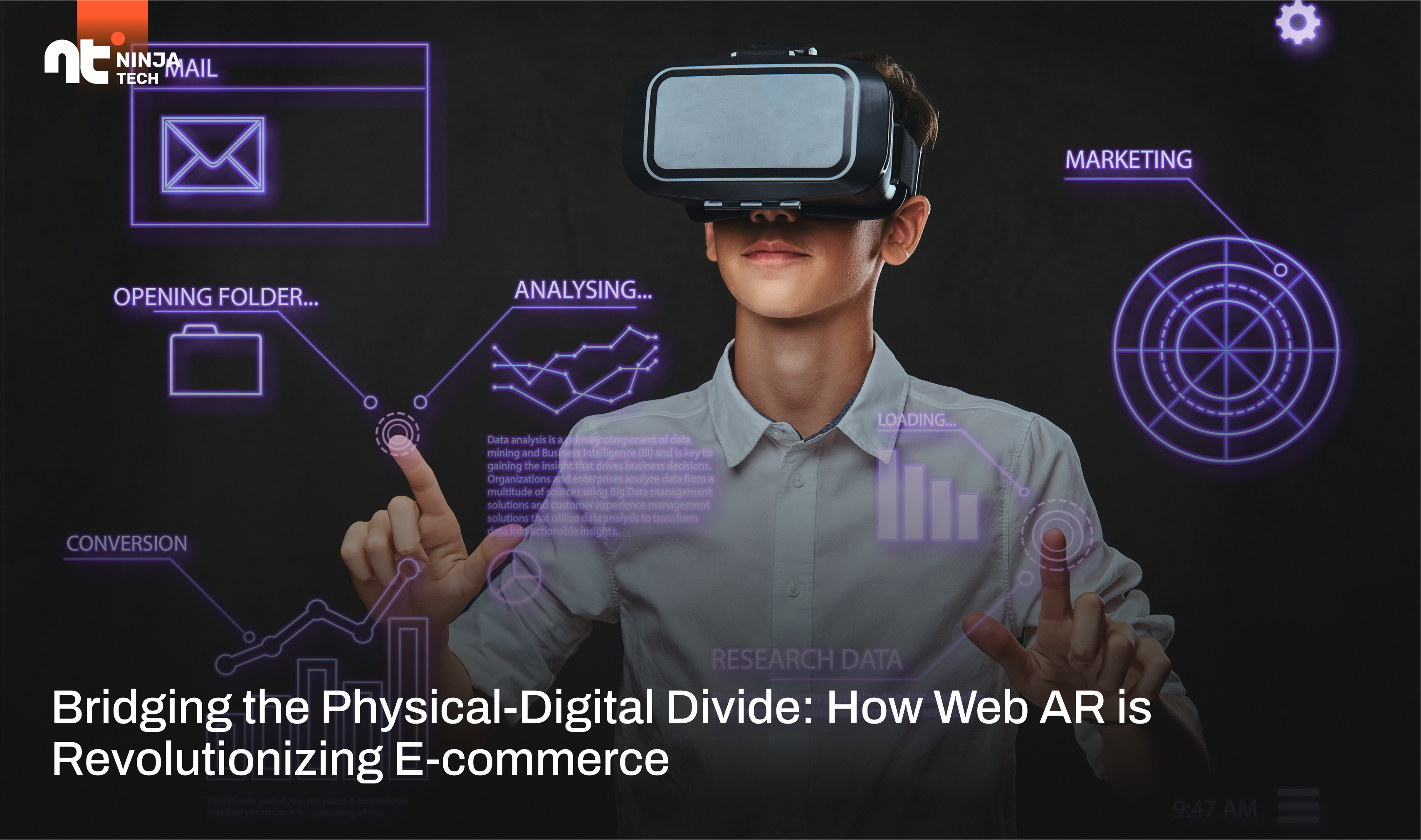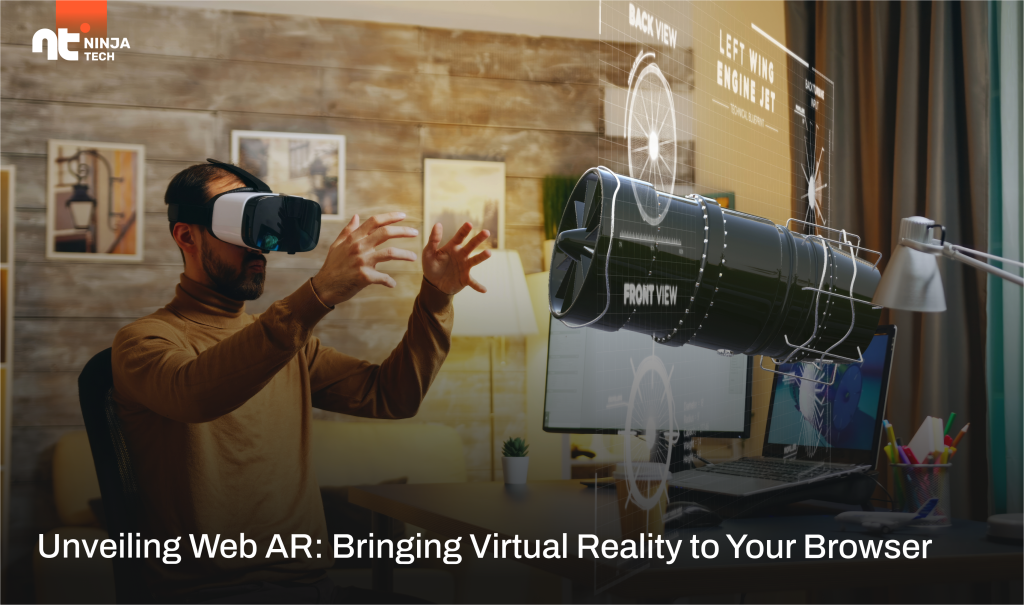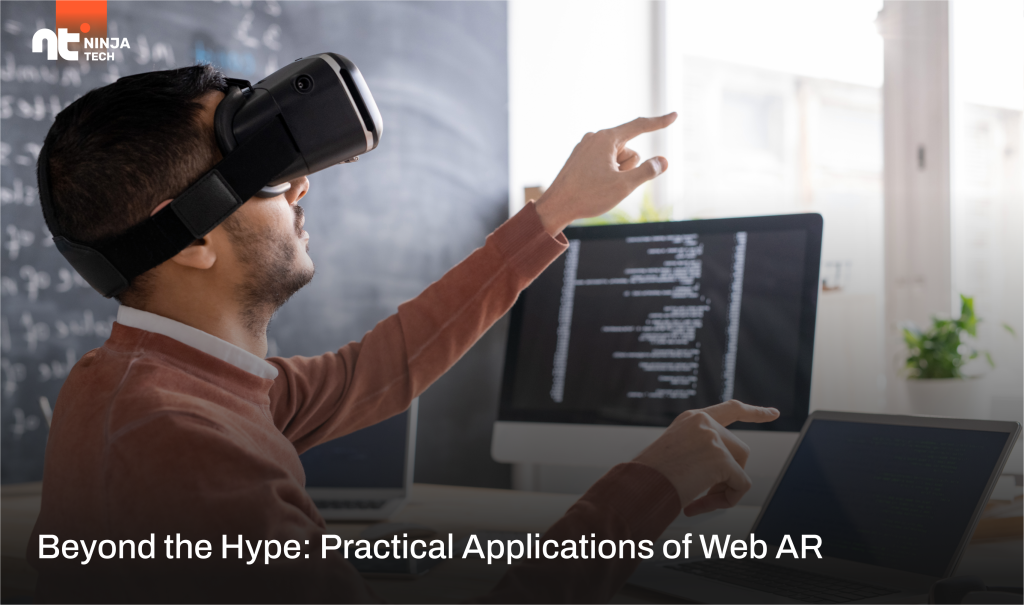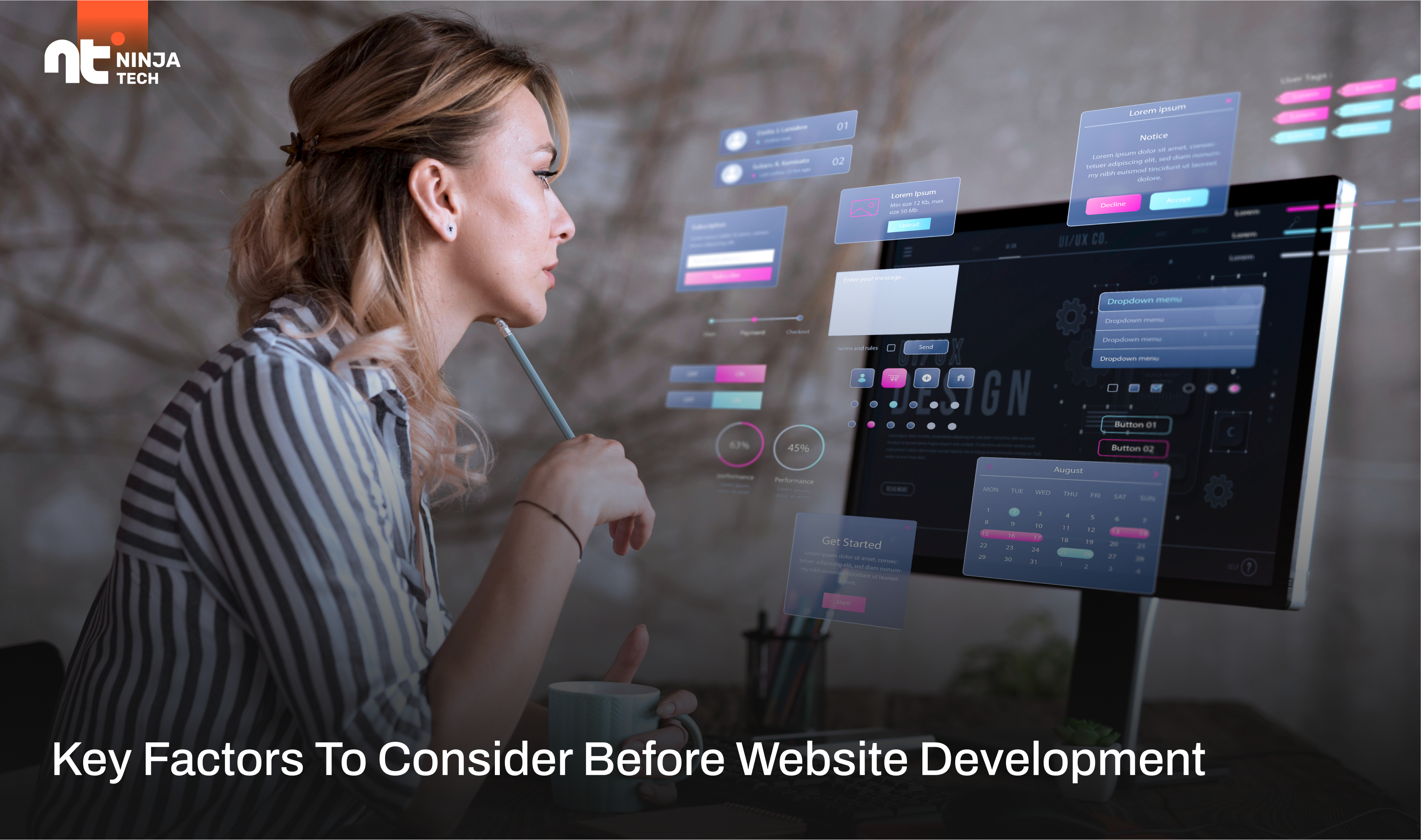Bridging the Physical-Digital Divide: How Web AR is Revolutionizing E-commerce

The world of e-commerce is a land of convenience, offering a vast selection of products at our fingertips. But for many shoppers, the online experience lacks a crucial element – the ability to truly interact with a product before they buy. This is where Web AR (Web-based Augmented Reality) steps in, poised to transform the way we shop online.
What is Web AR and How Does it Work?

Imagine being able to virtually place a new couch in your living room, see how a pair of sunglasses looks on your face, or even visualize the perfect paint color for your walls – all from the comfort of your home and through your web browser. That’s the magic of Web AR.
Unlike traditional AR experiences that require downloading dedicated apps, Web AR utilizes the power of your smartphone or computer’s camera and web browser. By scanning a QR code or clicking on a designated AR icon on a product page, a 3D model of the item is superimposed onto your real-world environment.
This innovative technology eliminates the friction of app downloads and allows for a seamless and accessible user experience.
Benefits of Web AR for E-commerce Websites

Web AR offers a plethora of benefits for both e-commerce businesses and their customers. Here’s how it can revolutionize the online shopping experience:
- Enhanced Product Visualization: One of the biggest challenges of online shopping is the inability to physically interact with products. Web AR bridges this gap by allowing customers to see products in their own environment, at scale, and from different angles. This fosters a more informed purchase decision and reduces the risk of disappointment after receiving the item.
- Reduced Return Rates: Customers who can’t visualize a product accurately are more likely to be dissatisfied with their purchase, leading to returns. Web AR allows them to assess size, fit, and compatibility before buying, significantly reducing return rates and boosting customer satisfaction.
- Increased Customer Engagement: Web AR goes beyond static images and descriptions. It creates an interactive and engaging experience that keeps customers on your website longer and fosters a deeper connection with your products. This can translate to higher conversion rates and ultimately, increased sales.
- Personalized Shopping Experiences: Web AR can be leveraged to personalize the shopping journey. Imagine virtually trying on clothes in different sizes and colors, or visualizing furniture arrangements based on your room’s dimensions. This level of personalization leads to a more satisfying shopping experience and a higher chance of customers finding the perfect product.
- Standing Out From the Competition: In a crowded online marketplace, innovation is key to differentiation. By embracing Web AR, e-commerce businesses can showcase their products in a unique and interactive way, grabbing the attention of potential customers and setting themselves apart from the competition.
- Data-Driven Insights: Web AR experiences can be embedded with analytics tools that track user interactions. This valuable data provides insights into customer behavior and preferences, allowing businesses to optimize product offerings, marketing strategies, and website design for better conversions.
- Unlocking New Shopping Opportunities: Web AR opens doors for entirely new shopping experiences. Imagine virtually browsing furniture stores, visualizing a new appliance in your kitchen, or even trying on makeup shades before purchasing. This technology has the potential to redefine online shopping and create exciting possibilities for the future of e-commerce.
Beyond the Hype: Practical Applications of Web AR

While Web AR is still a relatively new technology, several forward-thinking brands are already reaping the benefits. Here are some examples of how Web AR is being used in e-commerce:
- Fashion: Clothing retailers are enabling customers to virtually try on clothes in different sizes and styles, reducing sizing concerns and boosting confidence in purchases.
- Furniture: Imagine trying out that new couch or dining table in your living room before you buy it. Web AR allows furniture companies to showcase their products in scale and context, leading to more informed decisions.
- Cosmetics: Trying on makeup shades online can be tricky. Web AR allows customers to virtually test different colors and styles on their own face, leading to a more personalized and satisfying experience.
- Home Improvement: Web AR empowers customers to visualize paint colors on their walls, see how furniture will fit in a room, or even get a sneak peek of a new appliance in their kitchen.
In summary, Web AR is revolutionizing e-commerce by bridging the gap between physical and digital shopping experiences. It offers enhanced product visualization, reduces return rates, and increases customer engagement. With practical applications across various industries, Web AR is reshaping online shopping and unlocking new opportunities for businesses and consumers alike.
 Data Science
Data Science


